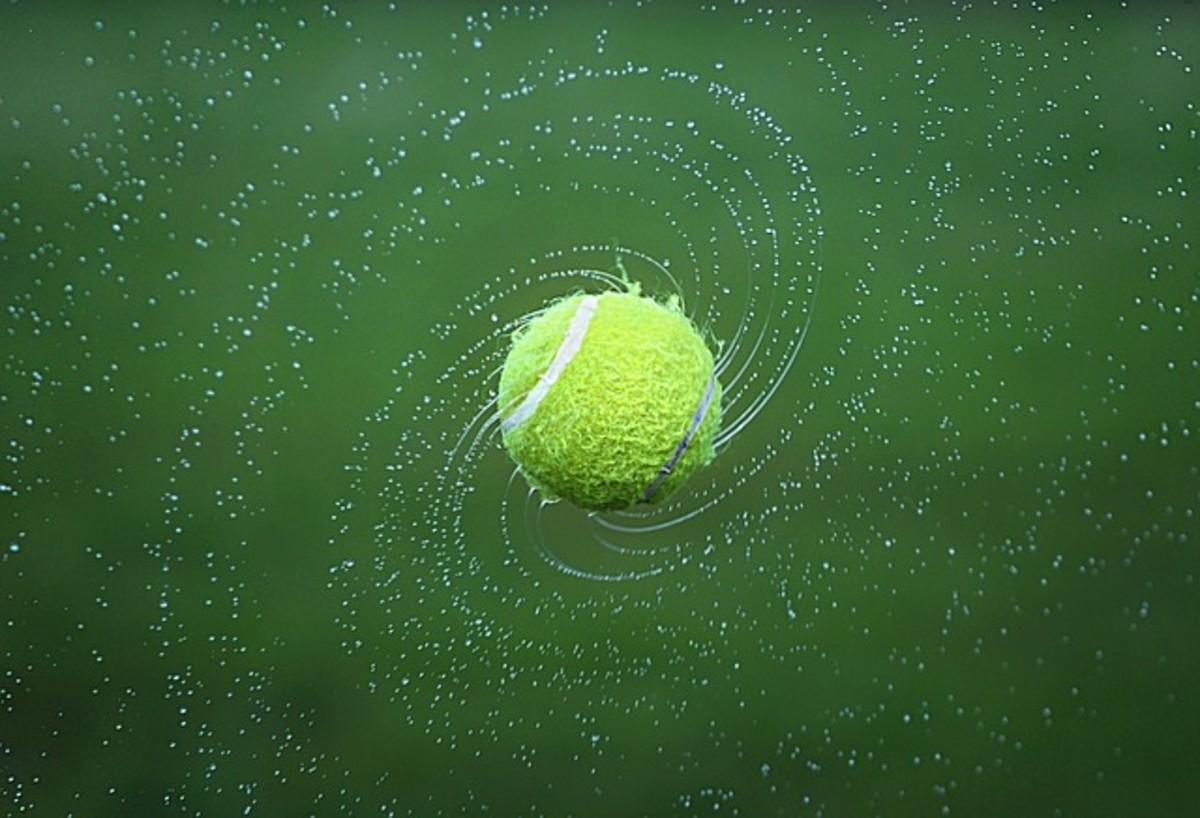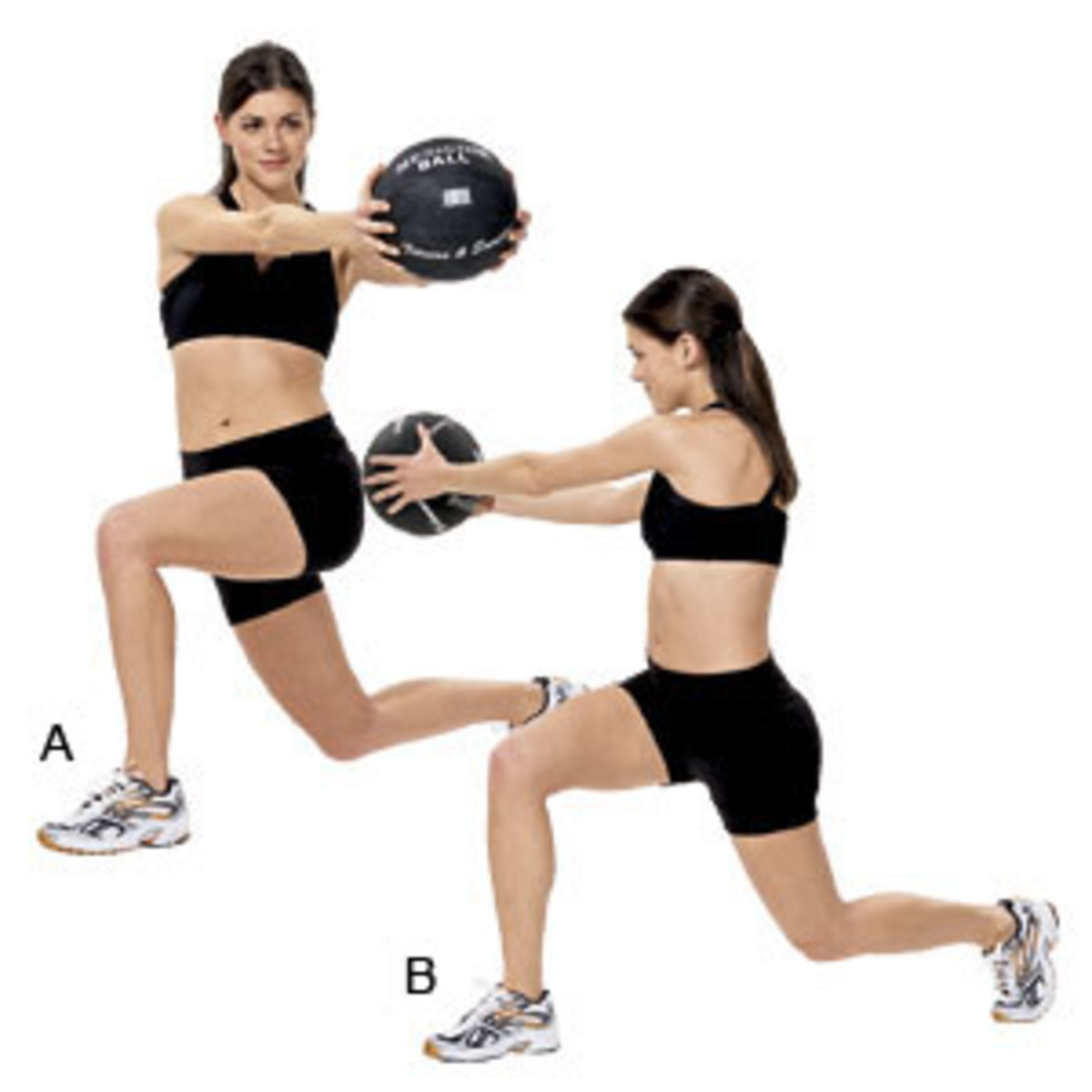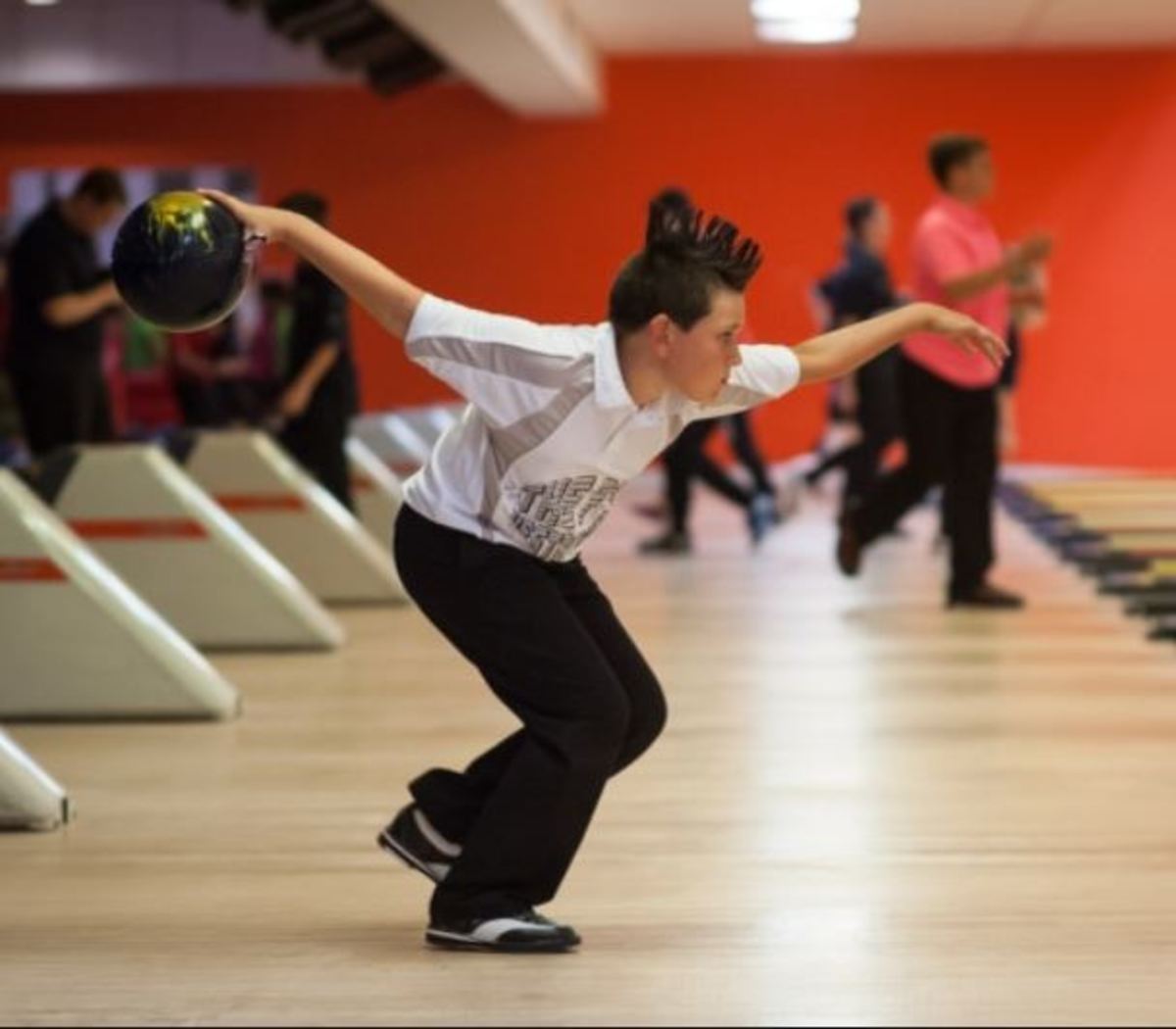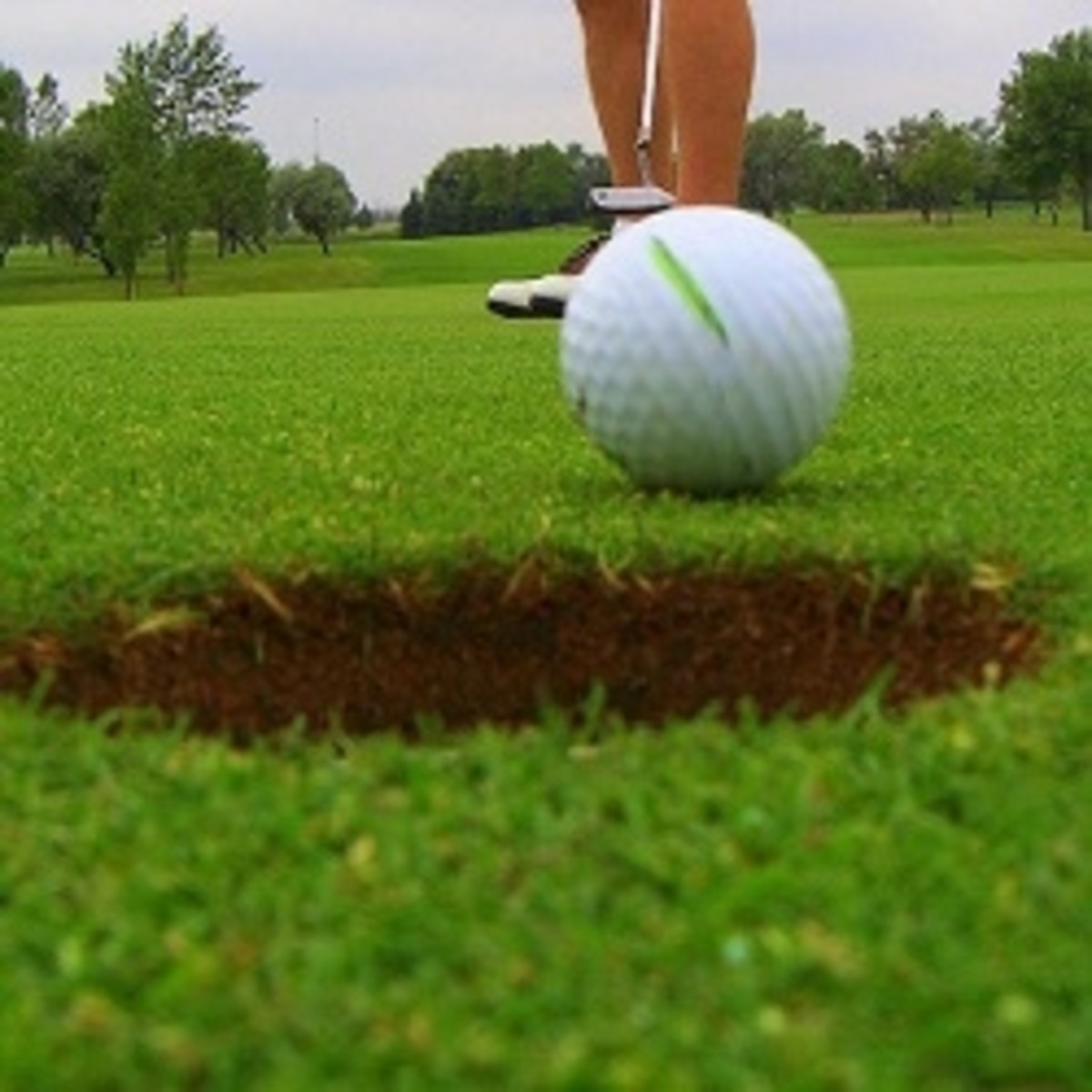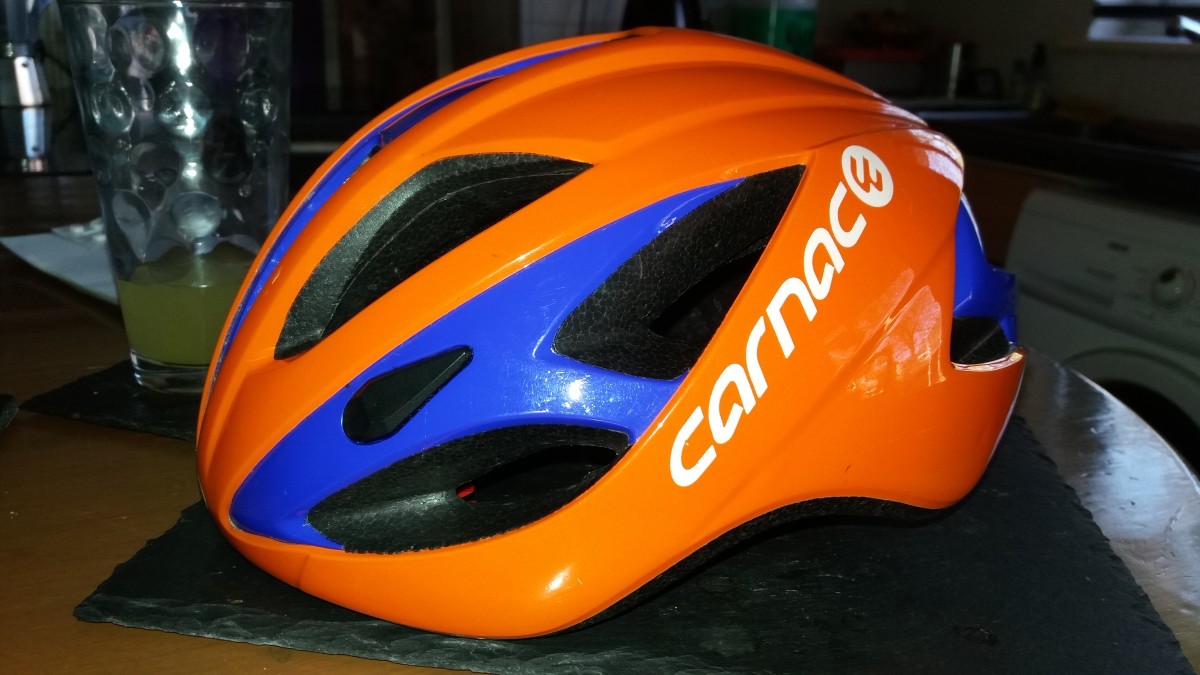How to Choose the Right Bowling Ball

For beginners and most casual bowlers, the house balls offered by bowling alleys are the most commonly used balls. Unless you are serious about bowling, it isn’t worth the extra expense of purchasing your own ball. Even if you are a casual bowler, there are some bowling ball features you should take into consideration when picking the right bowling ball, such as the size of the finger holes, the spacing between the finger holes and the weight of the bowling ball. Professional or serious bowlers, on the other hand, will want to purchase a customised ball that can be completely personalised to their individual requirements and style of bowling.
What are the considerations when picking a bowling ball?
1. Weight
Bowling regulations state that a bowling ball must be no more than 16 pounds and 8.5 inches in diameter. Although there are no regulations on how light a ball can be, the lightest balls available are the 6 pound balls which are generally used by children and senior bowlers who have problems with their backs or wrists.
The general recommendation is to pick a ball that is about 10% of your body weight. For example, if you weigh 100 pounds then you should be using a 10 pound bowling ball. Some people, especially professional bowlers, tend to pick the heaviest ball they can comfortably bowl with as a heavier ball can offer an added advantage. That said bowling with a ball that is too heavy can increase the risk of injury. Additionally, your skill level and bowling style will also determine the weight of the bowling ball that is best suited to your individual requirements.
Ideally, start with a bowling ball that is 10% of your body weight and experiment with heavier and lighter balls to see which one suits your style of bowling best.
2. Finger Holes
There are three factors to consider when examining the finger holes: the size of the holes, the distance between the holes and the number of holes. If you are picking a ball from the house selection, then you only have the first two options to consider.
Most bowling balls have three holes however ten pin bowling rules allow for up to five holes to be drilled into a customised ball. Although the ball’s trajectory depends on a variety of factors such as the delivery, use of gravity and the friction from the lane, the number of holes, the position of the holes and the size of the holes will also have some bearing on the dynamics of the ball and how it rolls after delivery. This is because they affect the balance of the ball.
House balls generally come with two or three options for finger spacing and the size of the finger holes. When picking a house ball, you will have to accept the ball with the best fit for your hand and accept a less than optimal fit if the holes and spacing aren’t quite right for your hand. With your own customised ball, you can have the holes and spacing drilled according to your individual specifications. Having a ball with finger holes that are spaced and sized according to your fingers not only improves your bowling game but also reduces your likelihood of developing blisters or straining your tendons during the game.
- Finger spacing: to determine the optimal finger spacing for your hand, insert your thumb into the thumb hole and spread your hand across the surface of the ball. Position your middle and ring finger across the other two holes. The knuckles of these fingers should be resting directly over the holes. This will help you pick a ball with the optimum hole positioning for a conventional grip. An alternative grip is the finger grip where your middle and ring fingers are only inserted into the ball as far as one knuckle deep. You should determine the finger hole positioning of your ball according to the type of grip you prefer.
- Finger hole size: the optimal finger hole size should be one that allows your fingers and thumb to slide out of the holes easily but not too easily. Holes that are too small may result in your fingers getting stuck during delivery. Holes that are too large can result in the ball slipping out of you hand before you are ready to release it.
3. Material
Bowling balls are classified under four different categories: plastic or polyester, urethane, reactive resin and particle. Which type of ball is best suited for your individual requirements depends on your bowling style and skill level.
- Plastic/polyester: most house balls fall under this category therefore if you are picking a house ball, you don’t really have a choice on the material of your ball. These balls are great for straight bowlers, spare shots, dry alleys, and are the recommended ball for beginners and occasional bowlers because of the ease of control. They are also pretty hardy which makes them a great beginner bowler ball and an ideal house ball. Unfortunately, these balls are limited if you prefer to deliver hook shots, but they are also the most affordable with a price range from $50 to $100.
- Urethane: these balls have a surface offering higher friction which is great if you have a tendency to hook the ball. These are the recommendation for moderately advanced bowlers because they offer a good compromise between price (typically between $100 and $150) and hooking capability.
- Reactive resin: these balls are noted for their stronger striking power and increased skid.
- Particle: made from a mixture of urethane and resin, particle balls offer the combined benefits of controllability, smoothness and power. They are generally recommended for oily lanes however newer combinations are being developed to increase their versatility.
The latter two options are the most expensive types of bowling balls, costing anywhere between $100 and $275. They are the choice of experienced bowlers because they provide greater power and better hooking results. For the less experienced bowlers, these balls are recommended only if you are accustomed to hooking.
To pick the best bowling ball for your requirements, you need to be aware of your skill level and your style of bowling. If you are a beginner or casual bowler, you can generally get by with using the house balls as long as you select one with the appropriate weight, finger hole size and finger hole spacing for your individual requirements. More serious bowlers and professional bowlers will need to purchase a personalised ball to maximise their bowling performance and minimise the possibility of injury resulting from the use of a poorly selected ball.




